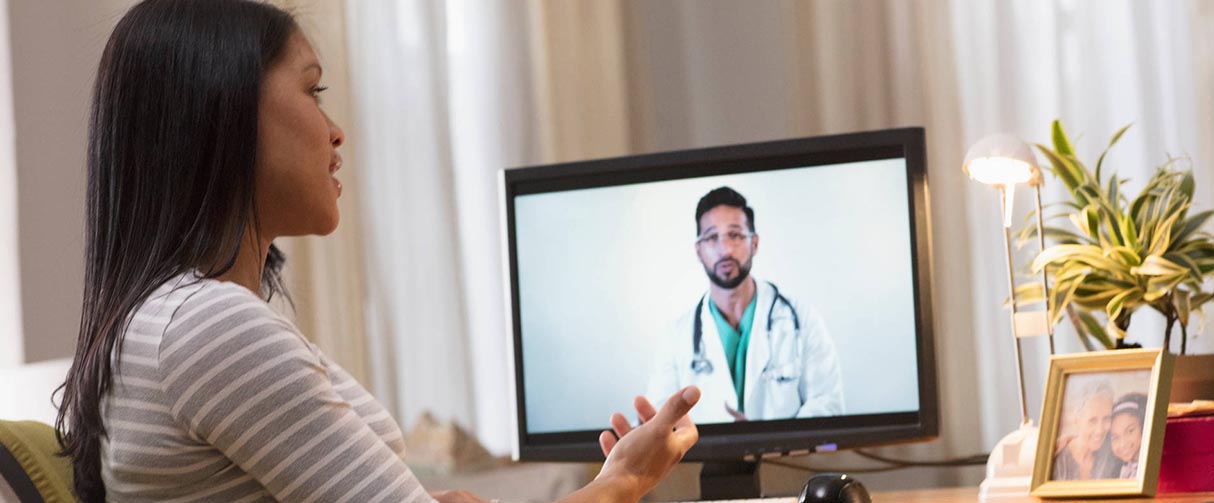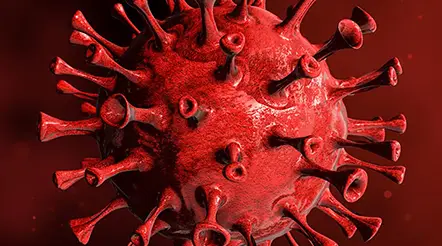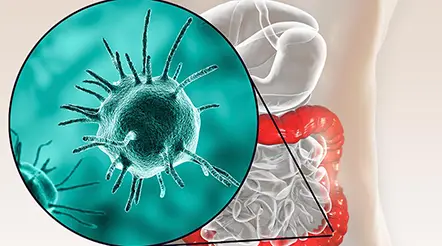


Introduction
Ann Kimball and John W. Johnson Center for Cellular Therapeutics at Houston Methodist
Houston Methodist Dr. Mary and Ron Neal Cancer Center
The Food & Health Alliance within the Houston Methodist Lynda K. and David M. Underwood Center for Digestive Disorders, Immunology Center and the Fondren Inflammation Collaborative
Houston Methodist Cockrell Center for Advanced Therapeutics
Paula and Joseph C. “Rusty” Walter III
Translational Research Initiative
Jerold B. Katz Academy of Translational Research
Infectious Diseases Research Fund
George and Angelina Kostas Research Center for Cardiovascular Medicine
New Endowed Chairs Positions
EnMed
Center for Bioenergetics
result
Clinical Research
Outcomes, Quality and Healthcare Performances
Restorative Medicine
Precision Medicine
Science in Service
of
Medicineresult
President's letter
2022 Metrics
Cycle of Translation
Visionary Gifts of Hope


Introduction

Ann Kimball and John W. Johnson Center for Cellular Therapeutics at Houston Methodist

Houston Methodist Dr. Mary and Ron Neal Cancer Center

The Food & Health Alliance within the Houston Methodist Lynda K. and David M. Underwood Center for Digestive Disorders, Immunology Center and the Fondren Inflammation Collaborative

Houston Methodist Cockrell Center for Advanced Therapeutics

Paula and Joseph C. “Rusty” Walter III Translational Research Initiative

Jerold B. Katz Academy of Translational Research

Infectious Diseases Research Fund

George and Angelina Kostas Research Center for Cardiovascular Medicine

New Endowed Chairs Positions

EnMed

Center for Bioenergetics

From Discovery to Clinic


What is "Discovery to Clinic"?

Clinical Research


Houston Methodist Conducts First-Ever Study into a Challenging Situation

Can Regulating Cellular Aging Mitigate Both Cancer and Heart Disease?

Innovative Treatment for Chronic Rhinitis is Safe and Effective


Masters of Disguise: Glioblastomas Trick the Immune System by Masquerading as Reproductive Tissue
Improved Options for Patients with Severe Retinal Vascular Disease

A New FDA-Approved Treatment for Sufferers of Chronic Constipation

Houston Methodist joins the Gulf Coast Consortia

Outcomes, Quality and Healthcare Performance


New Findings on RNA Helicases May Yield New Intestinal Disease Therapy

Houston Methodist and Pennsylvania State University Collaborate on a Smartphone App That Could Revolutionize Stroke Diagnosis

New Frontiers to Improve Cardiovascular Medicine and Disease Management

Ongoing Lessons in a Pandemic

Transplants can Boost Survival Rate of Patients with Unresectable Liver Cancers

Telehealth Video Visits During the COVID-19 Pandemic – a Glimpse into the Future?

SARS-CoV-2 Induced Chronic Oxidative Stress and Endothelial Cell Inflammation May Increase Likelihood of Cardiovascular Diseases and Respiratory Failure

Restorative Medicine


Lessening Pain After Knee Replacement Surgery

Do Motor Neurons First Die in the Brain? Study Provides Clues about ALS Origins

Bringing Back Hand Function in People with Complete Spinal Cord Injury

Novel Vascular Engineering Platforms Are a Boon for Bioengineering

Ultra-high-Resolution Scanner Reveals if Knee Injury Advances to Osteoarthritis

Houston Methodist Model Demonstrates Reversal from Heart Failure State, Creating the Potential for Innovative Treatment Avenues

Precision Medicine


Rapidly Scalable, All-Inducible Neural Organoids Could Facilitate Drug Screening for Neurological Diseases

Importance of the Coronary Artery Calcium Score in Risk Assessment and Prevention of Atherosclerotic Cardiovascular Disease

COVID-19 Infection in Crucial Brain Regions May Lead To Accelerated Brain Aging

Interleukin 9 Secreting Polarized T Cells Show Potential in Solid and Liquid Tumor Treatment

The NanoLymph: Implantable. Adaptable. Anti-cancer





Discovery to Clinic
Outcomes, Quality and Healthcare Performance

Telehealth Video Visits During the COVID-19 Pandemic – a Glimpse into the Future?
Telehealth Video Visits During the COVID-19 Pandemic – A Glimpse into the Future?


Jenny Chang, MD
The onset of the COVID-19 pandemic in March 2020 affected routine patient care worldwide. Prior to the pandemic, almost all 40,000 ambulatory visits to the Houston Methodist Neal Cancer Center occurred in person. In an effort to provide medical care while maintaining social distancing, the Houston Methodist Neal Cancer Center offered telemedicine video visits via the Houston Methodist MyChart video platform to its hematology and oncology patients.
Jenny C. Chang, MD, the Emily Herrmann Chair Presidential Chair in Cancer Research in Cancer Research, Director, the Dr. Mary and Ron Neal Cancer Center and Professor of Medicine in Oncology at Houston Methodist, spearheaded a prospective study in which 1,762 cancer patients were offered telehealth video visits. Of the 83.8% who participated, 92.6% were satisfied with the telehealth video visits. Additionally, most physicians 65.2% were satisfied, and 74% indicated that they would like to continue using telemedicine in the post-COVID era. Demographics and patient characteristics were compared between the patient groups that participated and those who declined telemedicine video visits. The latter group was typically older, belonged to lower-income households and were underinsured.
Prior to COVID-19 pandemic, ambulatory visits were 100% in person


COVID-19

Telehealth visits were adopted
0
patients were offered telehealth services
Overall, physicians were satisfied with My Chart video visits
Old-age
0
patients participated
65.2%
Number of physicians who were satisfied:
Lower income
92.6%
Number of patients who were satisfied:
74%
Number of physicians who indicated they would use telemedicine in future:
Underinsured
Telemedicine becomes a critical part of medical care in the post-COVID era?
Overall, both patients and physicians were satisfied with telemedicine video visits. One major concern for physicians was the importance of physical examination of hematology and oncology patients, including examination of liver, spleen, breasts, lymph nodes and palpation of tumors. Myriad modern tools are currently being developed to address this concern, and this list encompasses smart devices such as AppleHealth/GoogleFit, Withings Smart Devices, Tytocare Remote Exam Kit and Hexoskin. This study published in JCO Oncology Practice in 2021, underscores the opportunities for further developing telemedicine to provide effective medical care to cancer patients who are elderly and from lower-income households in the future.
“The current health crisis will accelerate the needed improvements in patients’ access to care in vulnerable populations,” said Chang. “Implementation of more accessible telehealth visits may also decrease the health disparities observed between rural and urban communities and facilitate the care of patients who have transportation restrictions or need specialized medical assessments. We believe that the COVID-19 pandemic is presenting us with a unique opportunity to expand the use of telemedicine as a critical part of state-of-the-art medical care.”














